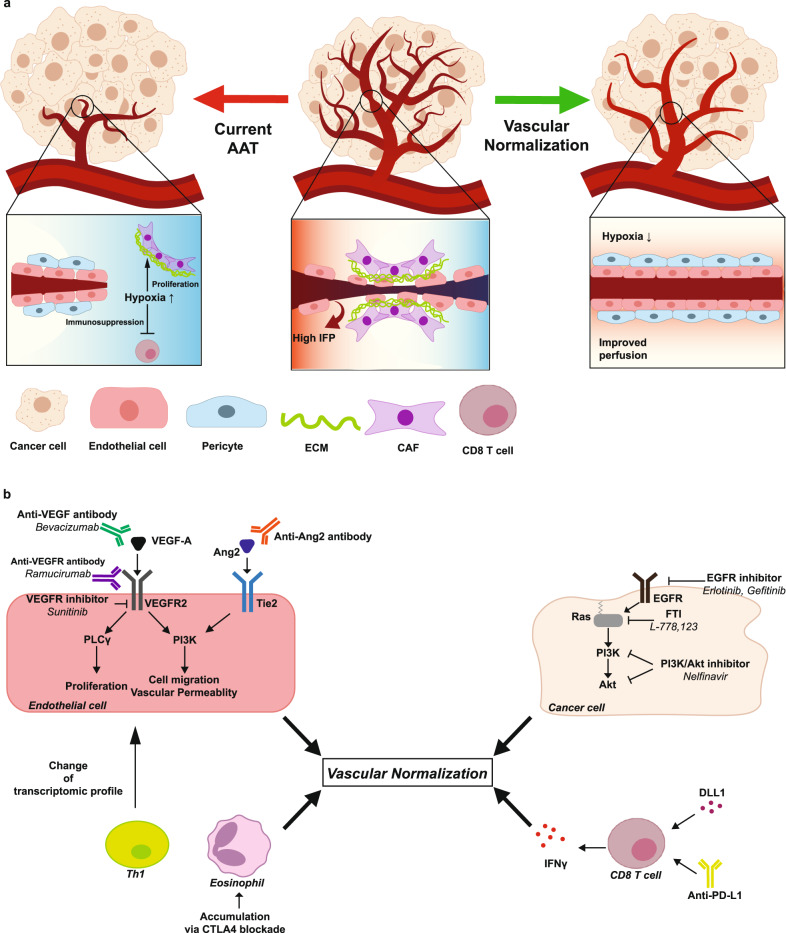Fig. 1. Vascular normalization: Restoring vascular integrity to enhance oxygenation and therapeutic drug delivery in tumor vasculature.
a Comparison of vascular normalization with current therapies using AATs. Tumors exhibit abnormal vasculature, characterized by irregularly shaped endothelial cells, sparse pericyte coverage, and compression by tumor cells and their extracellular matrices, resulting in poorly perfused vessels (middle panel). Current antiangiogenic therapies, mainly aimed at depleting the tumor vasculature, often lead to excessive vessel pruning, causing hypoxia and limited drug delivery (left panel). Vascular normalization strategies aim to restore vascular integrity, improving oxygenation and enhancing the delivery of therapeutic drugs (right panel). b Various vascular normalization methods. Vascular normalization can be induced by targeting VEGF signaling or Ang–Tie signaling in endothelial cells or oncogenic signaling in cancer cells. Immune checkpoint blockade can induce vascular normalization through the function of CD8+ or CD4 + T cells and the accumulation of eosinophils. AAT, antiangiogenic therapy; IFP, interstitial fluid pressure; CAF, cancer-associated fibroblast; ECM, extracellular matrix; VEGF, vascular endothelial growth factor; VEGFR, vascular endothelial growth factor receptor; PLCγ, phospholipase γ; PI3K, phosphoinositide 3-kinase; Ang2, angiopoietin 2; EGFR, epidermal growth factor receptor.

